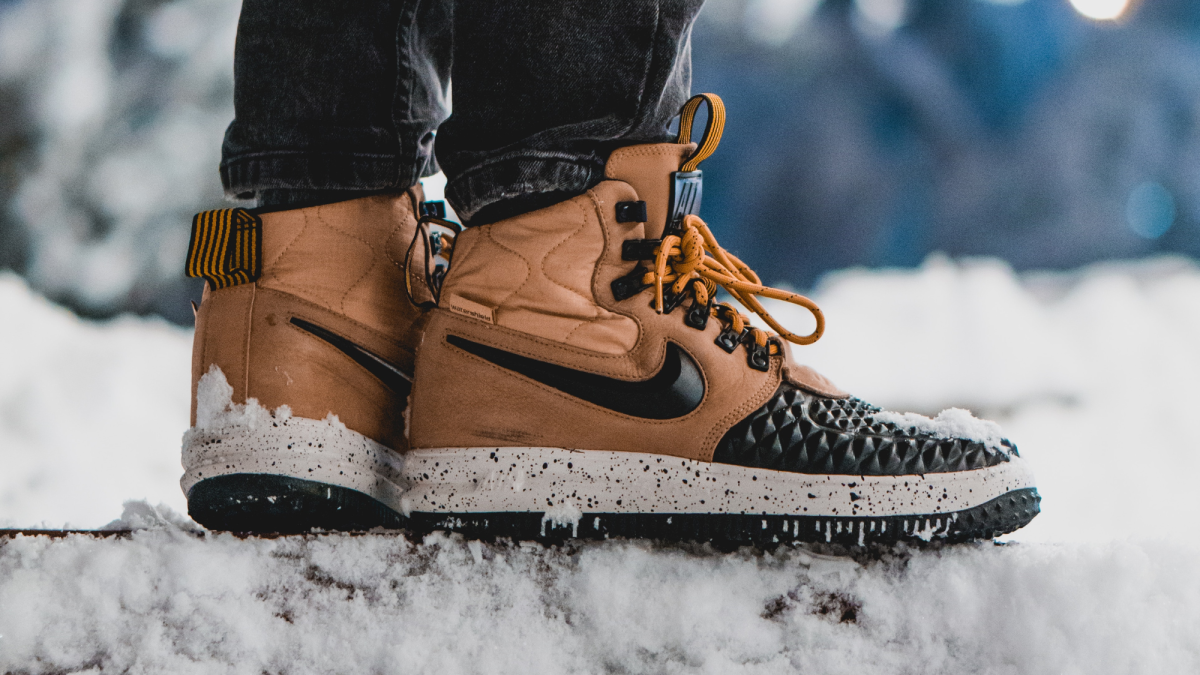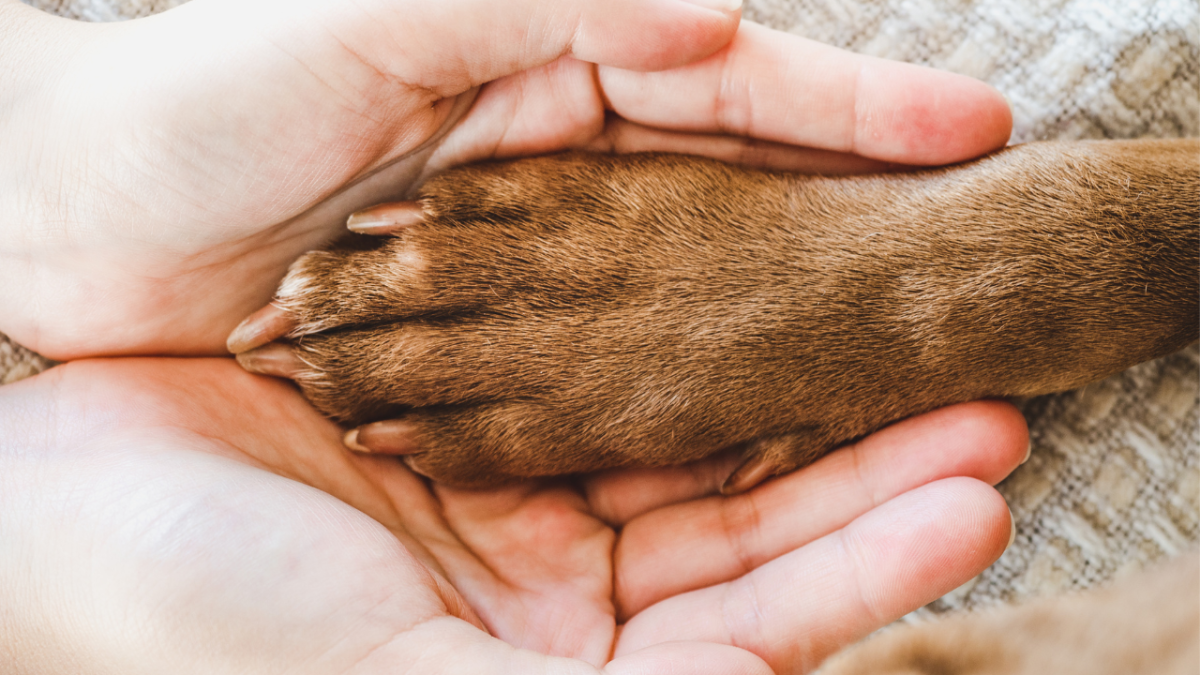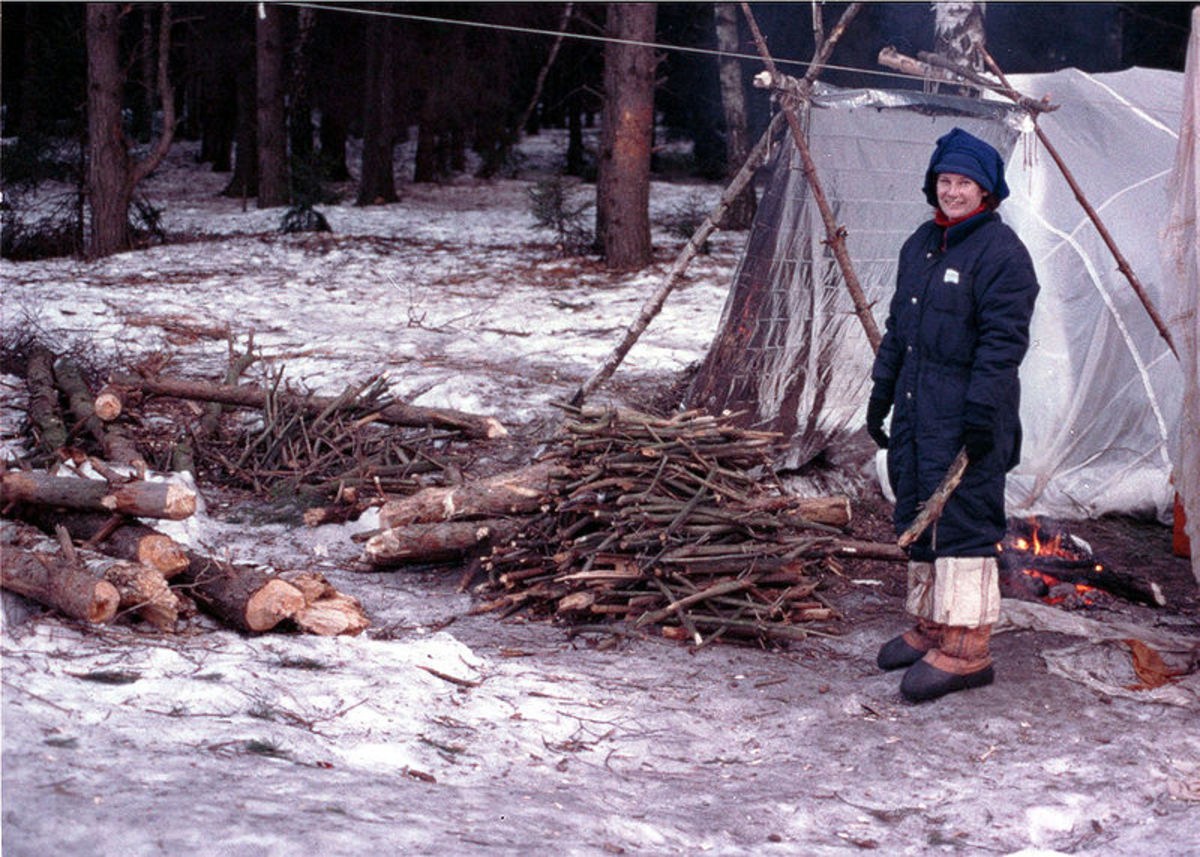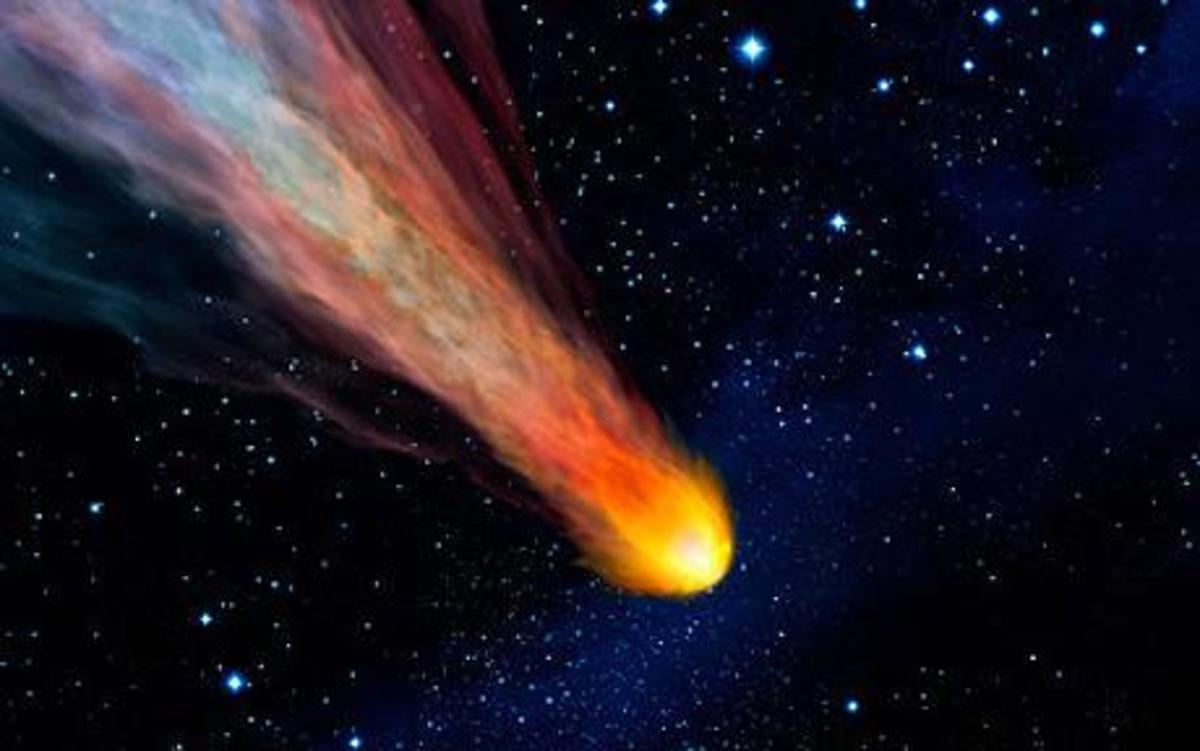Cold Weather Survival Tips
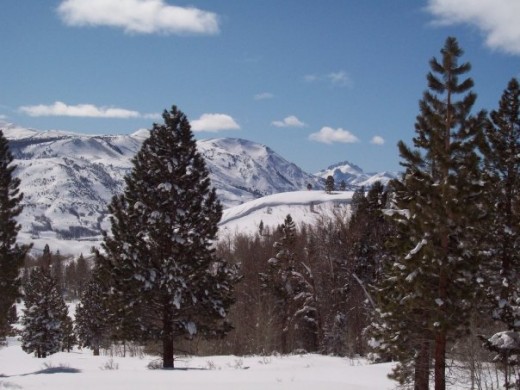
Cold Weather Survival Tips
Cold weather injuries can accrue at any time and in any place. From the Appalachian Mountains to the Mojave Desert, cold weather can and will inhabit your life at some point in time. Acquiring this information will aid you in the event of an emergency. Many of you may have been victim to one of these many injuries. It is your time to take action to better prepare yourself and your community for survival.
COLD
The first tip we will learn for a cold environment is the acronym C.O.L.D. Pretty easy to remember right? C: Keep clothing Clean. O: Avoid Overheating. L: Loose layered. D: Keep clothes Dry. As complicated as the acronym is, it does serve as the basics for winter survival. You should be consuming 4-6 liters of water while resting, and 6-8 liters while on the move. Keep in mind to not eat the snow, it will dehydrate your body. Its equivalent to those stranded at sea, surrounded by water that you can’t drink. Luckily for you, you are able to melt the snow as a water source. With this in mind you will need quite a bit of snow to hydrate yourself.
We will now look at the types of ways to lose heat. Heat loss can be attributed in 3 ways, Radiation, Conduction, and Convection. Radiation is the loss of heat from the body to the surrounding area, for example, loss of heat through your head. Conduction is heat transfer from one object to another. Conduction is the reason you do not want to rest against a rock, or lay upon the ground. One piece of gear that helps greatly reduce heat loss is an IsoMat. Convection is heat loss by cold water moving over the body, in other words don’t go frolicking through the snow covered fields. One way to escape the wind is to make a snow cave or "ranger grave". This will allow you to stay warm, just ensure that snow build up doesn't trap you in.
What happens to your body when you get cold? Let me tell you, first your blood vessels contract. You begin to shiver and your body produces more urine, this is because your kidneys are tricked to believe that the body has produced more blood. Why is this? Because the blood is being driven to the core to warm “what matters” according to the body (which does not include the brain). This is when your body becomes more prone to injuries. A very important weather survival tip to follow in any situation is to stay well hydrated as it drastically regulates your body temperature.
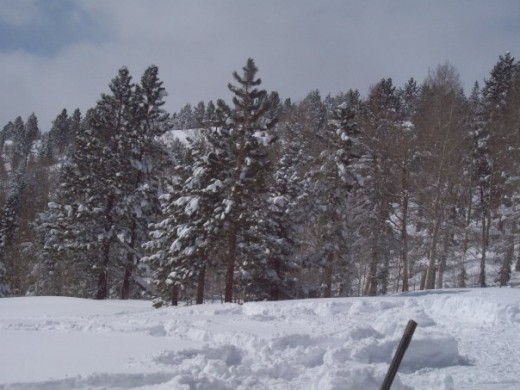
Cold Weather Injuries
Cold weather injuries can be a result of many things such as over exposure to the elements. One thing you don't want to neglect is keeping your equipment well maintained. Look for wear and tear, make sure you follow the propper cleaning instructions as your gear can be ruined by certain chemicals. All of this will affect your ability to stay warm which is why preparation is key in preventing injuries. Remember; "Prior Propper Planning Prevents Piss Poor Performance".
The first we will cover is hypothermia. The onset of hypothermia begins when the body temperature falls below 95 degrees. Most cases of hypothermia occur then when the air temperature is in between 30 and 50 degrees Fahrenheit. The most common causes of hypothermia are: ambient temperature, wind chill, wet clothing, cold water immersion, improper clothing and equipment, exhaustion, injuries, alcohol, and nicotine and drugs. This means that if you are a regular user of nicotine, you will want to refrain while in a cold climate. Signs and Symptoms of hypothermia include: Altered mental status, loss of conscience and eventually coma, shivering and the loss of shivering, dead appearance, shallow breathing and lack of pulse. Treatment of hypothermia requires: prevention of further heat loss, ensure that you insulate the body extremely well so that it does not come in contact with the elements. Rewarm the body and leave the environment if possible. If you are traveling in a group, have the group surround the victim to warm the body. If the victim is injured apply first aid before rewarming. Lastly, avoid giving alcohol and excessive movement.
The next common cold weather injury we will look at is frostbite. Frostbite is simply freezing of the tissue. The factors that increase the risk of frostbite are: dehydration, improper diet, and improper clothing. Other factors that contribute to frostbite include: hypothermia, race, thin air, prolonged immobility, wounds, previous cold injuries, tobacco, exhaustion and wounds. Symptoms of frostbite include: joints may be stiff; skin feels woody or firm, tingling or burning. Treatments of frostbite should not be conducted if there is a chance that the affected area will freeze again. Do not place the affected area in hot water as it can cause more damage to the area. Also do not rub anything upon the skin affected. Ensure that the area is not rubbing against anything and it is elevated to reduce swelling, make sure to drink plenty of water.
Another common cold weather injury is Trench Foot otherwise known as immersion foot. Immersion foot is the result of prolonged exposure to water, generally 7-10 hours which is why it is paramount that you should change your socks regularly. It is similar to frostbite and may require amputation of the affected area.
Snow blindness is the next common cold weather injury. Snow blindness is when the cornea gets sunburned. It is more prone to happen at higher altitudes because less UV rays are filtered out. The best way to avoid this is to wear sunglass’s that protect against harmful UV rays. Symptoms of Snow blindness are painful eyes blurry eyes. Treatment is to patch the eyes.
Ironically, dehydration is another common in a cold weather environment. As I stated earlier “you are surrounded by ‘water’ that you can’t drink”. Remember; do not eat the snow as it will dehydrate your body further. If you want to drink the snow, melt it first. Some symptoms of dehydration are: headache, nausea, dizziness, fainting, constipation, dry mouth, weakness, stomach cramps as well as leg and arm cramps and lastly, lethargy. Lethargy insists that the victim is not mentally there. Some signs that you may be becoming dehydrated are dark colored urine, swollen tongue, and hot dry skin. I am pressing the issue of dehydration because of its commonality in cold weather and the dramatic decrease of survival without adequate water.
Heat Injuries related to Cold Weather
It is not unlikely that you may become subject to heat injuries. This is because of lack of hydration and over exertion. It takes a lot of effort to carry yourself, and your equipment through the snow. Heat cramps, Heat Exhaustion, and Heat Strokes will be covered in my article Desert Survival Skills.
More From NC4Life078
- Mountain Survival Skills
Ever wonder what it takes to survive in some of the harshest atmospheres? Follow the link to find out! - Desert Survival Skills
Don't wait until you are stranded to think about how to survive in the desert. Prepare yourself for any emergency here. - 72 hour survival kit
Are you prepared to survive in an emergency situation? Here I will go into detail about what to pack to survive in an emergency. - Home Page
To read more exciting articles and stories from this author, click the following link. If you like what you read, follow this hubber for the latest and greatest.


